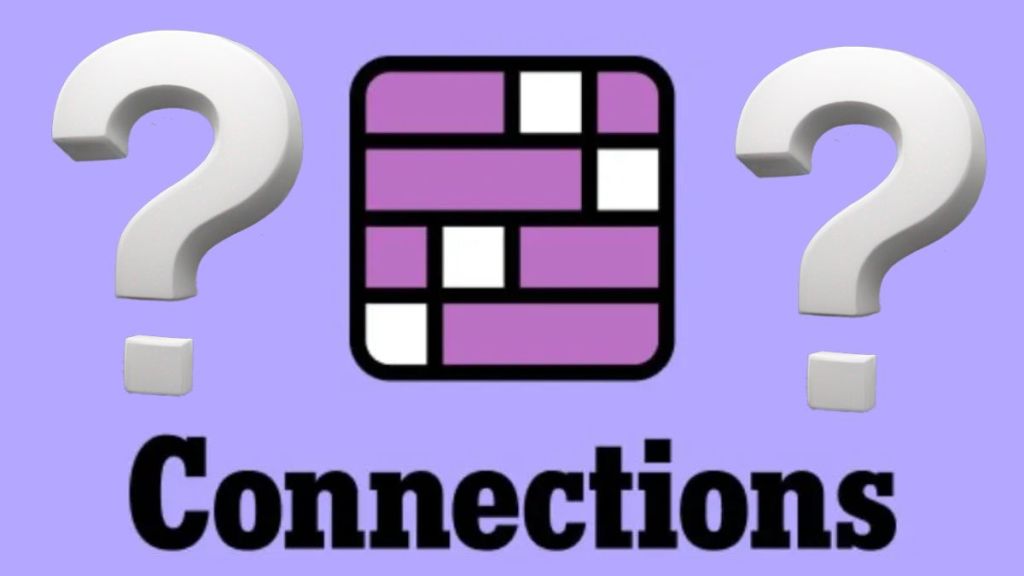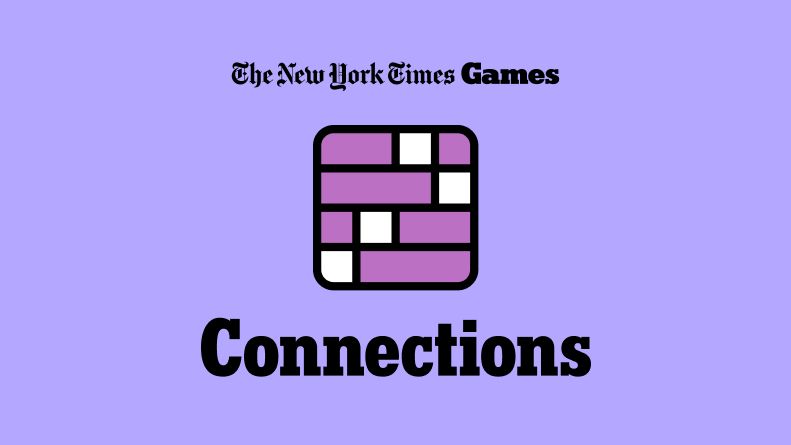In the ever-evolving digital landscape, staying up to date with the latest connections and trends is essential for businesses, tech enthusiasts, and everyday users alike. Today, we’ll explore how three of the most influential media outlets—Forbes, Mashable, and The New York Times—are shaping discussions around connectivity, emerging trends, and the future of digital interactions.
Forbes: Business Insights and the Power of Digital Connectivity
Forbes is a leading business magazine that has consistently provided insights into the global economy, entrepreneurship, leadership, technology, and more. Today, Forbes is diving deep into the concept of “connections” within the business and technology sectors. Whether it’s about networking strategies for executives or how businesses are leveraging digital platforms to expand their reach, Forbes is a go-to source for readers looking to understand the value of building meaningful connections.
Forbes often highlights the impact of social media, artificial intelligence, and blockchain technology as transformative tools for creating business connections. In recent articles, they have explored how digital platforms enable remote work, which has led to a new era of virtual meetings and collaborations. Moreover, Forbes has been focused on the influence of algorithms and AI in shaping how businesses connect with their customers, providing personalized experiences that go beyond traditional marketing strategies.
The business world today requires a dynamic approach to networking, and Forbes has been at the forefront of delivering actionable advice on how to make the most of these digital tools. For instance, they regularly feature expert opinions on best practices for LinkedIn networking, how to effectively use CRM (Customer Relationship Management) systems, and the role of cloud technology in fostering better connections between companies and consumers.
Mashable: Embracing the Digital Future Through Connections
Mashable has long been a trusted source for tech news, offering a mix of updates on gadgets, entertainment, social media, and pop culture. Today, Mashable is all about the connections that fuel innovation in the digital world. From the rise of virtual reality (VR) to the latest trends in social media, Mashable is at the forefront of exploring how digital interactions are shaping modern culture.
One of the latest discussions on Mashable centers around the connections between social media and consumer behavior. With TikTok leading the way in transforming how brands interact with their audiences, Mashable explores the evolving role of influencers and the power of user-generated content in driving engagement. Additionally, Mashable often features how apps like Instagram, Twitter, and Facebook are adapting to changing algorithms, and how businesses are adjusting their marketing strategies accordingly to keep up with these platforms.
Mashable’s connection-focused coverage also delves into the next frontier of digital innovation, such as 5G technology and how it’s reshaping connectivity for businesses and consumers alike. This digital shift has opened up new opportunities for businesses to tap into global markets and for users to experience faster internet speeds and more immersive online experiences.
In Mashable’s latest feature, the importance of digital privacy and cybersecurity also plays a significant role in understanding how connections are evolving. As personal data becomes more valuable than ever, Mashable is addressing the need for robust security systems to protect the digital interactions of users worldwide.
The New York Times: Humanizing Digital Connections in the Modern Era
The New York Times, known for its in-depth journalism, has always been at the intersection of technology, politics, culture, and human interests. Today, the Times is focusing on how human connections are evolving in an increasingly digital world. From stories about online communities that bring people together across vast distances to the ways in which tech giants influence global politics, The New York Times is providing an insightful perspective on how our online interactions shape the modern world.
One of the most talked-about themes in the Times is the impact of social media on global politics. In a series of articles, they have examined the influence of platforms like Facebook and Twitter on election cycles, protests, and activism. These digital spaces have created a new type of political connection, where politicians and activists can directly engage with citizens in ways that were previously unimaginable.
Beyond the political sphere, The New York Times is also exploring how digital connections are changing the workplace. With remote work becoming a norm for many industries, the Times has published pieces on the future of office spaces, hybrid work models, and the importance of maintaining work-life balance in a digital-first world. These articles have resonated deeply with readers as they navigate the complexities of this new digital era.
Additionally, The New York Times has recently highlighted how entertainment, news, and education are becoming more interconnected online. Streaming services like Netflix, Amazon Prime, and Disney+ have blurred the lines between media consumption and social interaction, as viewers now engage with content in real-time and share their thoughts instantly on platforms like Twitter and Reddit.
What Do These Connections Mean for the Future?
The connections explored in Forbes, Mashable, and The New York Times provide a glimpse into the digital future—a future in which online interactions drive not just business and entertainment but also social and political change. These outlets are uniquely positioned to reflect and shape how we connect with the world around us.
From a business perspective, the increasing reliance on digital tools to forge connections with customers, employees, and partners is evident. Companies are evolving to adopt new technologies that improve communication, whether it’s through social media engagement or the use of AI in customer service. As technology continues to evolve, these digital tools will become even more sophisticated, offering businesses deeper insights into consumer behavior and enabling them to offer more tailored products and services.
From a personal perspective, the evolution of online communities continues to redefine how we form relationships. With the rise of social media platforms and virtual communication tools, individuals are able to connect with others from different cultures, backgrounds, and geographies, creating a more interconnected world. However, this also raises concerns about privacy, misinformation, and the effects of digital overload, which both Forbes and Mashable have addressed in their coverage.
In conclusion, whether you’re a business leader trying to leverage new digital tools, a tech enthusiast interested in the latest innovations, or an individual navigating the complexities of online life, understanding the connections between platforms like Forbes, Mashable, and The New York Times can provide valuable insights into the future of digital interactions. As technology continues to evolve, these connections will play an increasingly important role in shaping the world around us

